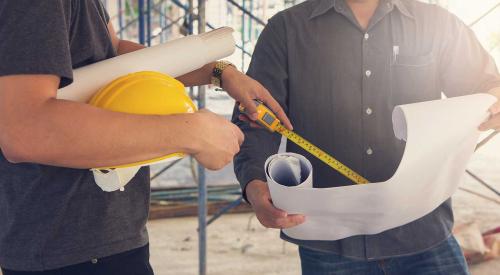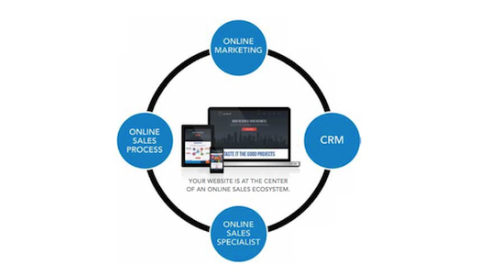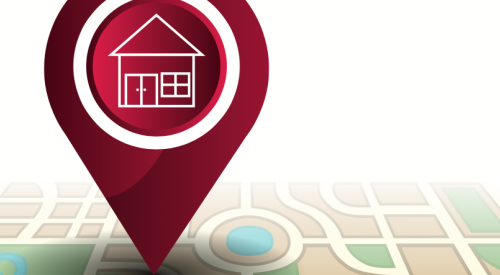Many home builders are so focused on building amazing homes for their customers, that they don’t have time to think about their website. Does that sound like you? (Photo: Gaudilab via Dreamstime).
The good news is that you can have a powerful website with a modest investment that presents your homes to prospective home buyers with a modest investment. (If you choose to do it yourself, be prepared to invest more time, and less money.) In any case, the key to an effective website is to avoid some critical, yet common, web design mistakes that I see smart home builders making all too often.
1/ Ignoring mobile-responsive design
Mobile responsive design, or responsive design for short, is a technique that enables a website’s layout to be tailored based on the screen size it’s viewed on. If you think visitors aren’t accessing your website from mobile devices, think again Nearly 60 percent of all searches now come from mobile devices. If that’s not enough of a reason to make responsive design a priority, Google has also made responsive design a ranking factor. Websites that offer a poor mobile user experience will now rank poorly. I suggest running your website through Google’s Mobile-Friendly Test for an accurate assessment.
2/ Failing to emphasize page speed
The amount of time it takes a web page to load has a dramatic impact on how many visitors end up becoming leads. If your pages load too slowly, many visitors will simply go elsewhere. More recently, Google announced that page speed will be a ranking factor within the next few months, so if you don’t meet their speed standards, you will lose exposure to competitors with faster websites. Often, builders overestimate how fast their website loads—especially since the majority of visitors are accessing it from a much slower mobile connection. A page that fully renders in under ten seconds on a 3G connection is okay, but I recommend aiming for the 4 to 8 second range. You can run a free test at WebPageTest.com, but be sure to change the connection speed to 3G Fast under the “Advanced” tab.
3/ Designing for yourself instead of for home buyers
Many builders prominently feature information on their website that’s useless to prospective home buyers—industry awards, how long they’ve been in business, and the story of how they got started. The primary focus should always be on enabling prospects to vividly imagine their new life in one of your homes. Your website should answer questions and concerns that prospective buyers will have. Feature professional photography and short, well-produced videos to help prospects envision your finished product.
4/ Failing to properly qualify leads
It’s common for business owners and sales managers to want more leads, but that can be counterproductive when unqualified leads tie up your sales staff. The more questions you ask on your website’s contact form, the fewer leads you’ll generally receive. However, if you ask the right questions, the leads you do receive will be more likely to become home buyers. Yes, this is a delicate balancing act—ask too many questions and you can turn off even the most serious prospects. Generally, after collecting basic contact information (name, email, and phone number), you may want to ask between one to three additional questions at the most. Your website is essential to your marketing efforts, and in order for it to be effective, you need to stand out from your competitors.











